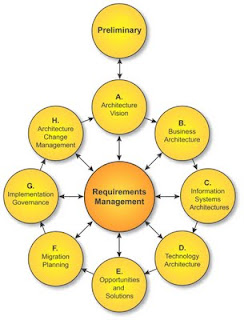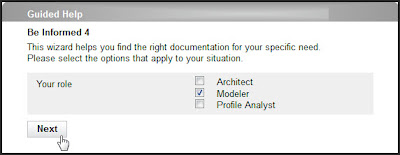Writing effective articles 6: Don’t be hasty
As a writer I am always eager to get my articles published. Unfortunately – like with all processes – speeding up things often has a negative effect on the end quality of your product. Taking the time for a serious QA step, pays of in a more effective article.
There are two processes that you can use to improve the quality of your article:
In an ideal situation you do them both.Get reviewed
- A peer review by someone who knows the topic: technology, method or issue;
- A grammar & style review by a trained editor.
For the peer review it is important to always provide the goal and audience definition to the reviewers, so they know what you are aiming at. When you receive feedback, don’t be overwhelmed by the number of comments and corrections. A fully marked-up document means that the reviewer took the time for a detailed analysis of your text. Try to be open-minded and accept a different view and possible suggestions for your article.
Pre-testing your article
In commercial product and interface design, pre-testing used to be a quite common step. Companies like IBM have specialized usability labs where they could monitor and record the behavior of users while using one of their new applications. Due to budget restrictions most of these labs are closed down by now, but that doesn’t mean that designers don’t pre-test their products or interfaces anymore.
For commercial writers – especially the ones that work for government – pre-testing brochures and leaflets is also a common step before publishing. By pre-testing your text within your targeted audience you can get an unique insight in how your reader will react to your article and what parts are not clear to the reader yet.
There are basically two methods that I would recommend using for pre-testing an article:
- The Plus-and-Minus Method
- The Think Aloud protocol
Combining both methods with 3 -5 test persons would give you a 360 degrees view on your text.
Plus-and-Minus Method
I first learned about the Plus-and-Minus Method (Van Woerkum, 1982) in the early 90’s, when I used it to pre-test brochures. This method is quite simple to use and in my opinion very effective:
- First divide your text in building blocks. A building block is typically one paragraph, a list, an image or a table.
- Number the building blocks, place the numbers to the left of the text
- Print out your article, leaving enough space at the right side for people to write down a ‘+’ or a ‘- ‘.
- Ask 3 – 5 persons from your target audience to read the text and while reading
- Place a ‘+’ next to every block that they enjoyed reading, found useful or perhaps had a general good feeling about
- Place a ‘-‘ next to every block that they didn’t enjoy reading, found boring, didn’t understand or for whatever other reason felt negative about
- Interview each test person individually and ask for a motivation of every ‘+’ and every ‘- ‘.
You can optionally also ask some general questions about the article, to see if the person understood the article and/or enjoyed reading it.
Think-aloud protocol
The Think-aloud protocol (Lewis, 1982) is especially known for being used during usability testing, but it is also very useful for pre-testing articles. The method is easy to use although it may ask some getting used to by the test persons. All you need is a concept version of your text, 3 – 5 test persons and a sound recording device (for instance a smart phone or Dictaphone):
- Ask your test persons to read your text aloud and ask them to express their thoughts while they are reading. You recording will contain a mixture of your text combined with the remarks from your test persons (“I don’t understand this”, “Oh, this is brilliant” , etc.)
- After your test person has finished reading the text, ask some questions based on the feedback gathered during the reading.
In some cases I have also combined the think-aloud protocol with the Plus-and-Minus Method, asking test persons to mark up the text while they are reading and commenting on it aloud. The end result is a great insight in the strengths and weaknesses of your text, making it possible to adjust it to your audience.
Publish and promote
 After this final check and optimization of your article it is time to publish your article and make it known to the world. In my next blog I will summarize the process of writing an effective article and share my thoughts on publishing and promoting your article.
After this final check and optimization of your article it is time to publish your article and make it known to the world. In my next blog I will summarize the process of writing an effective article and share my thoughts on publishing and promoting your article.



Comments